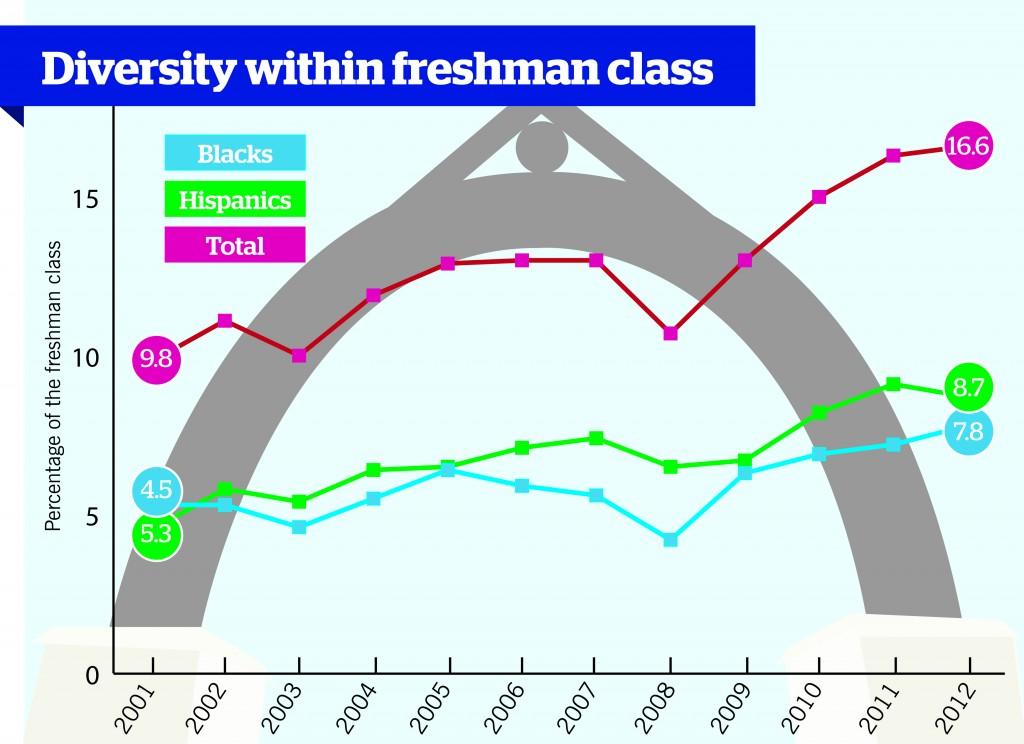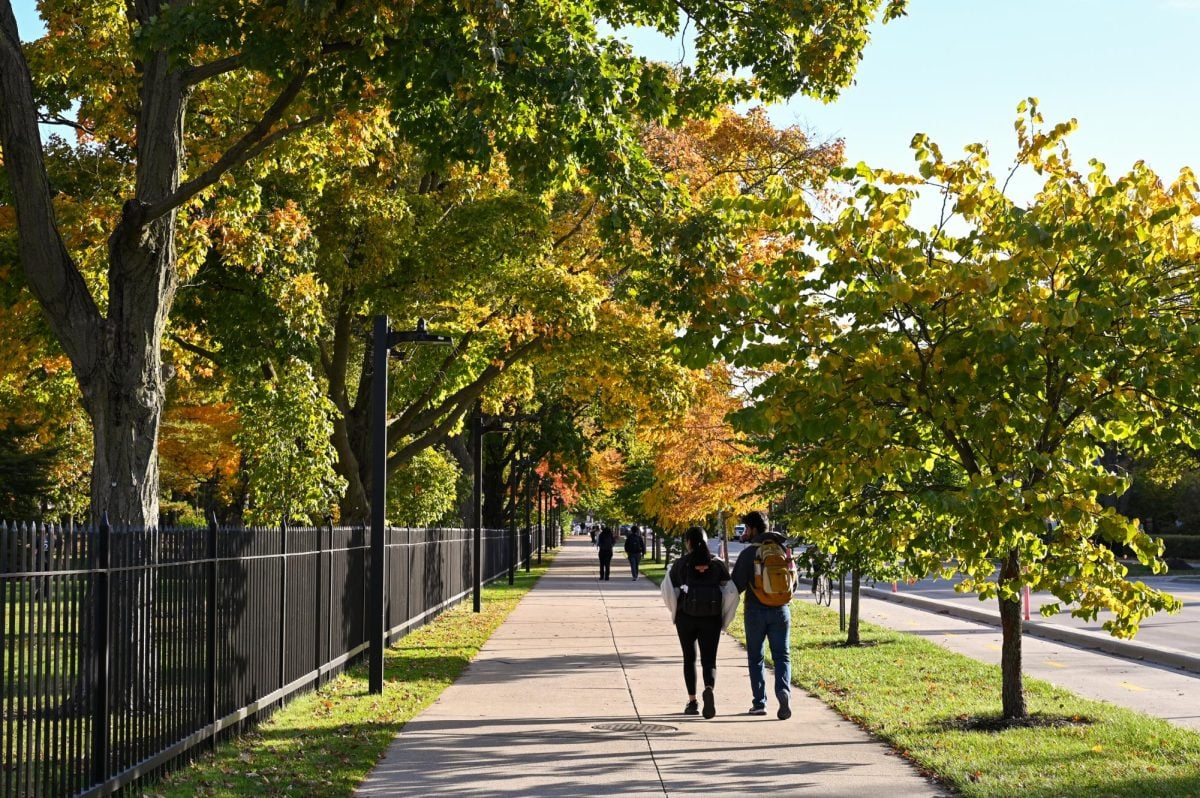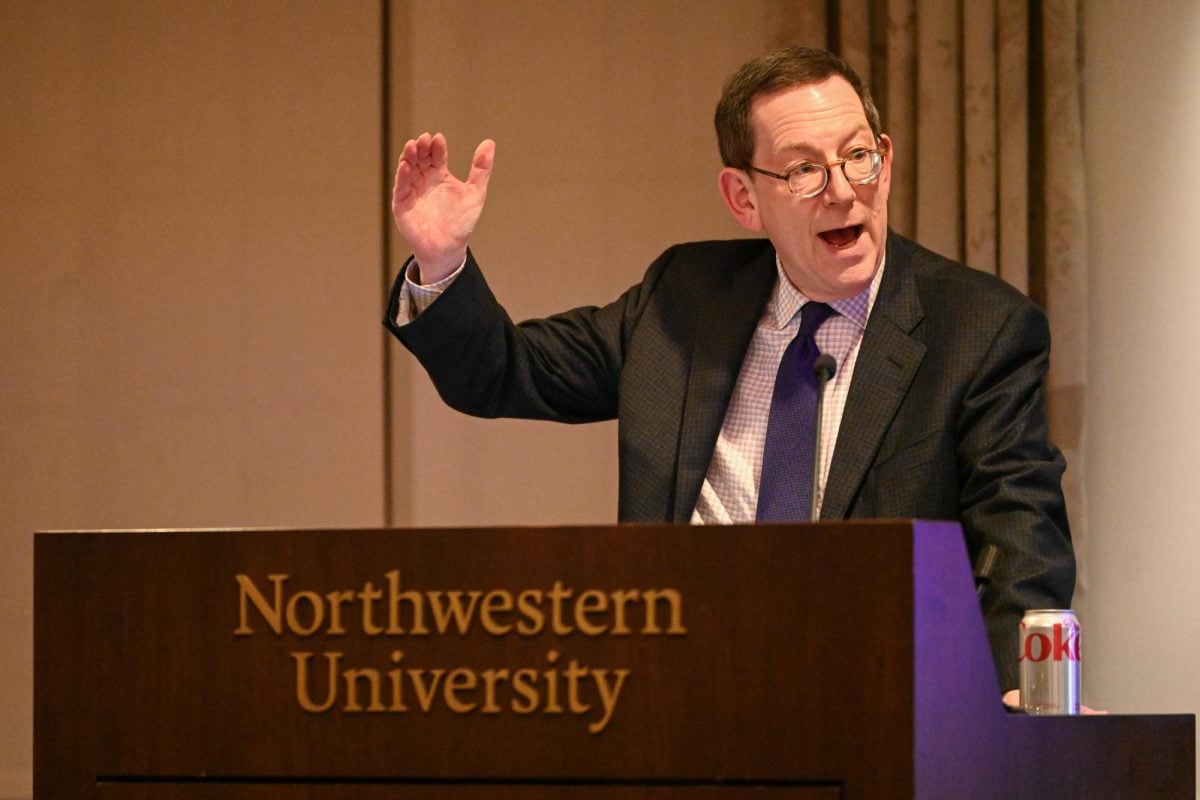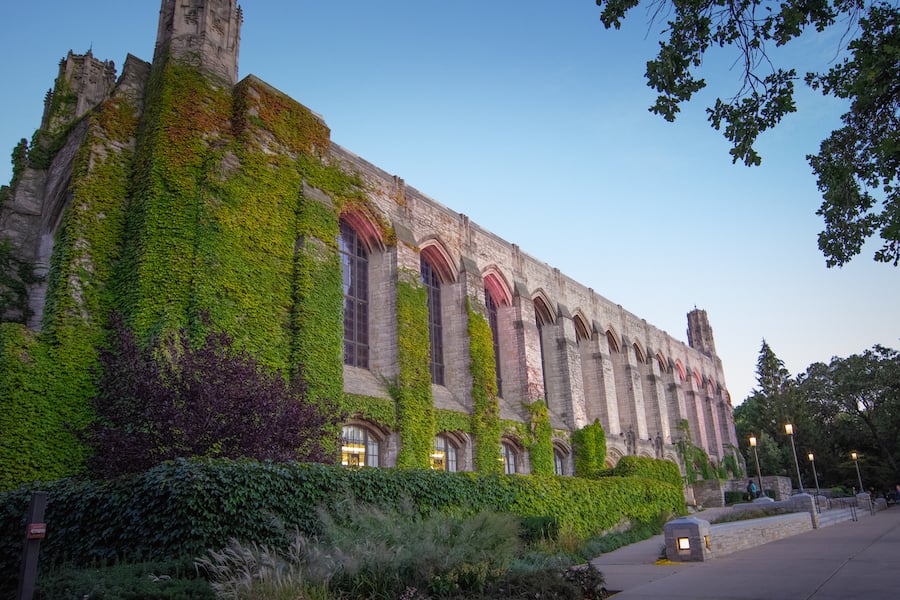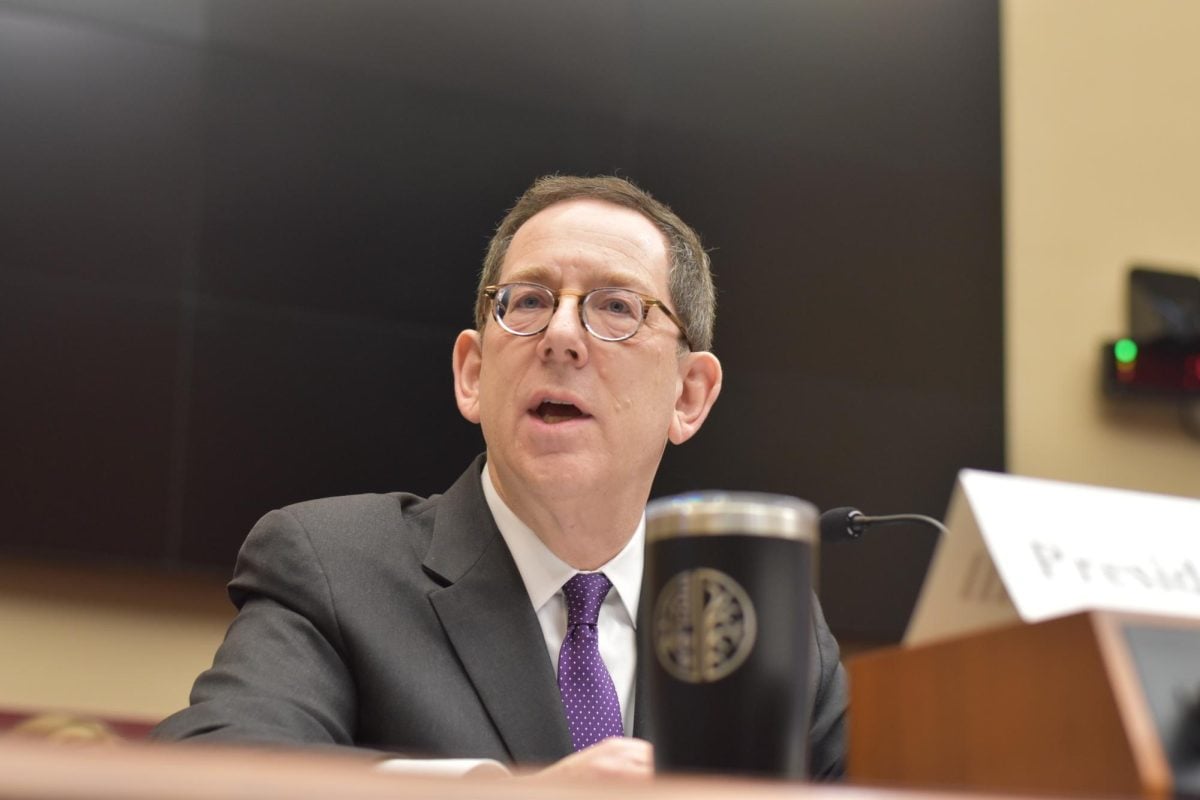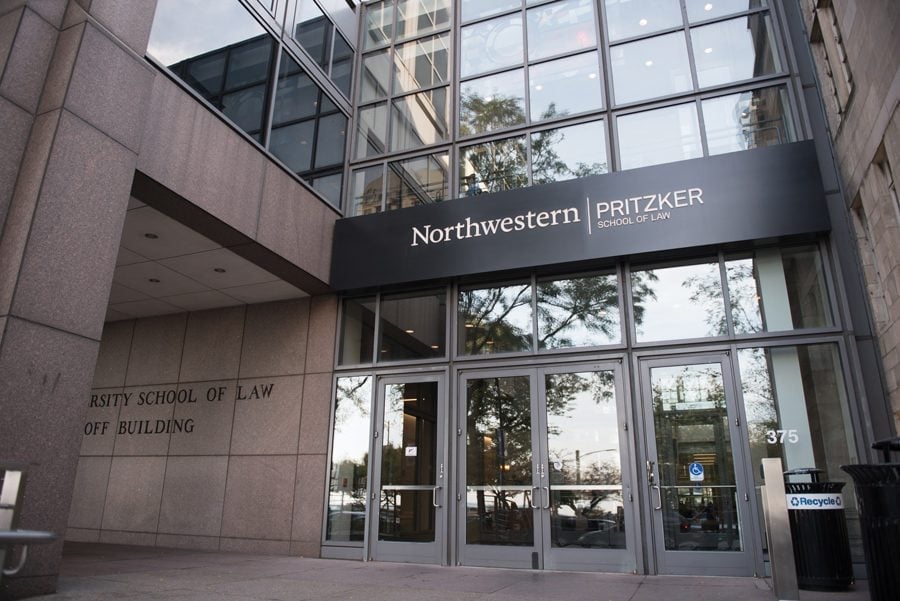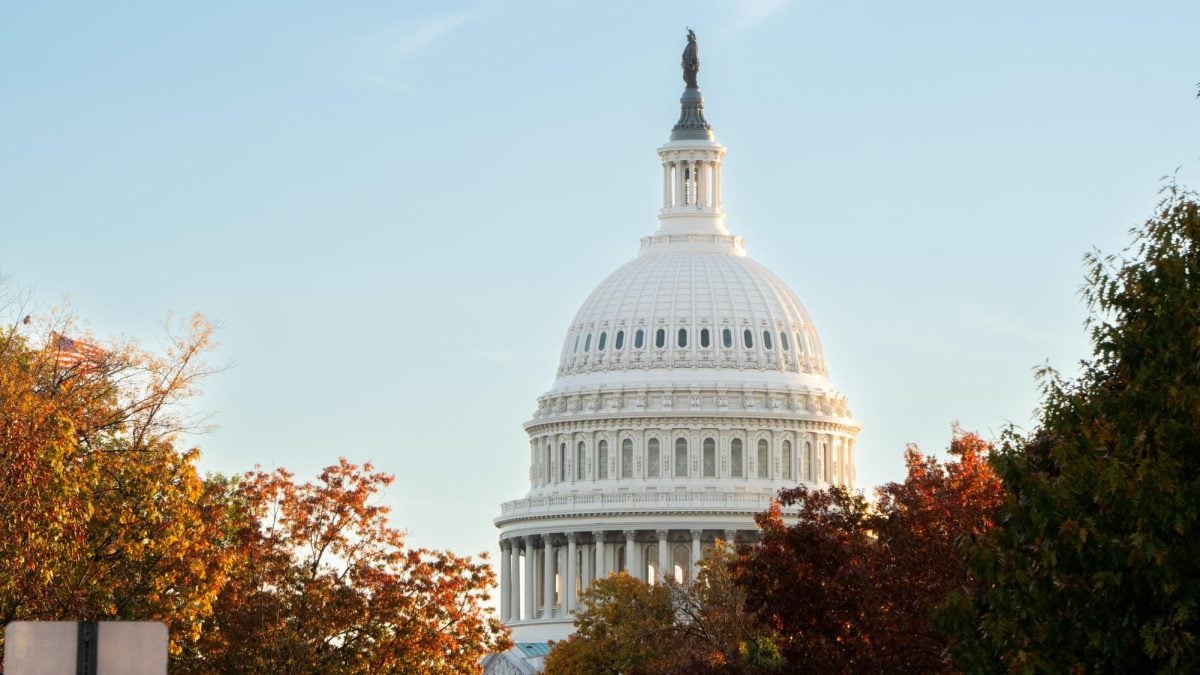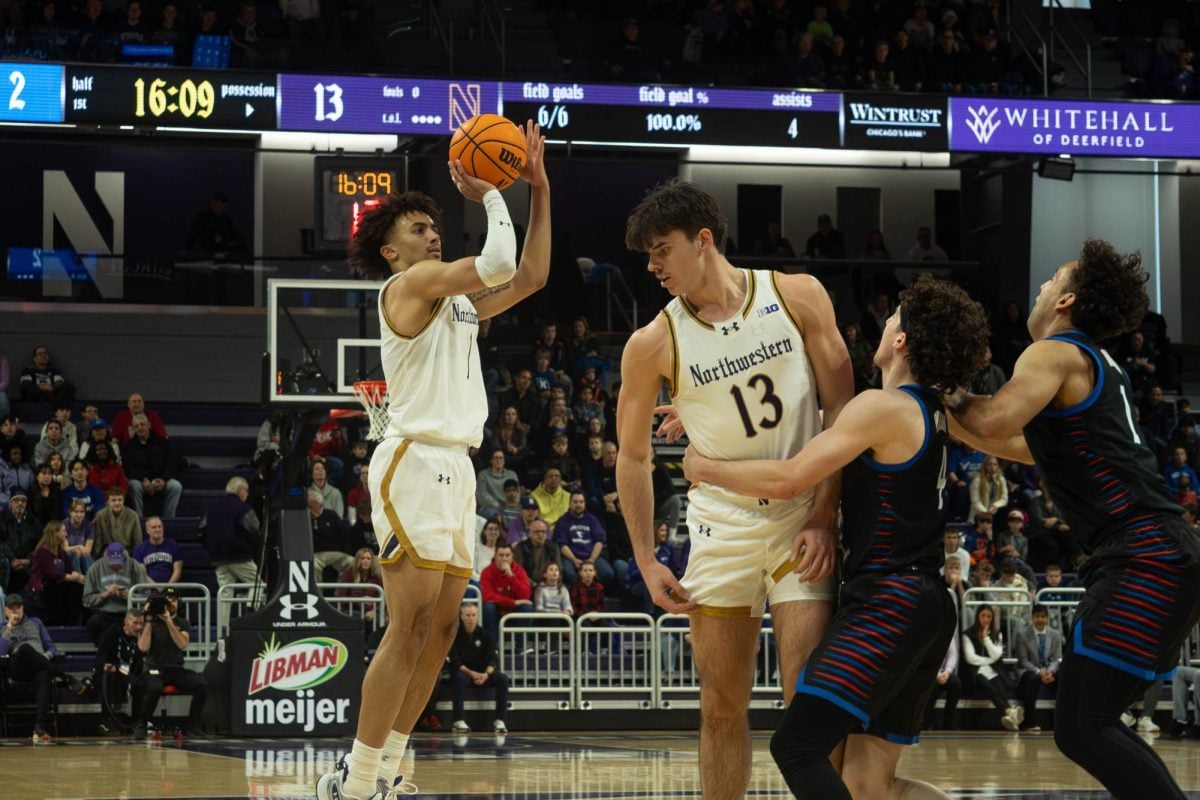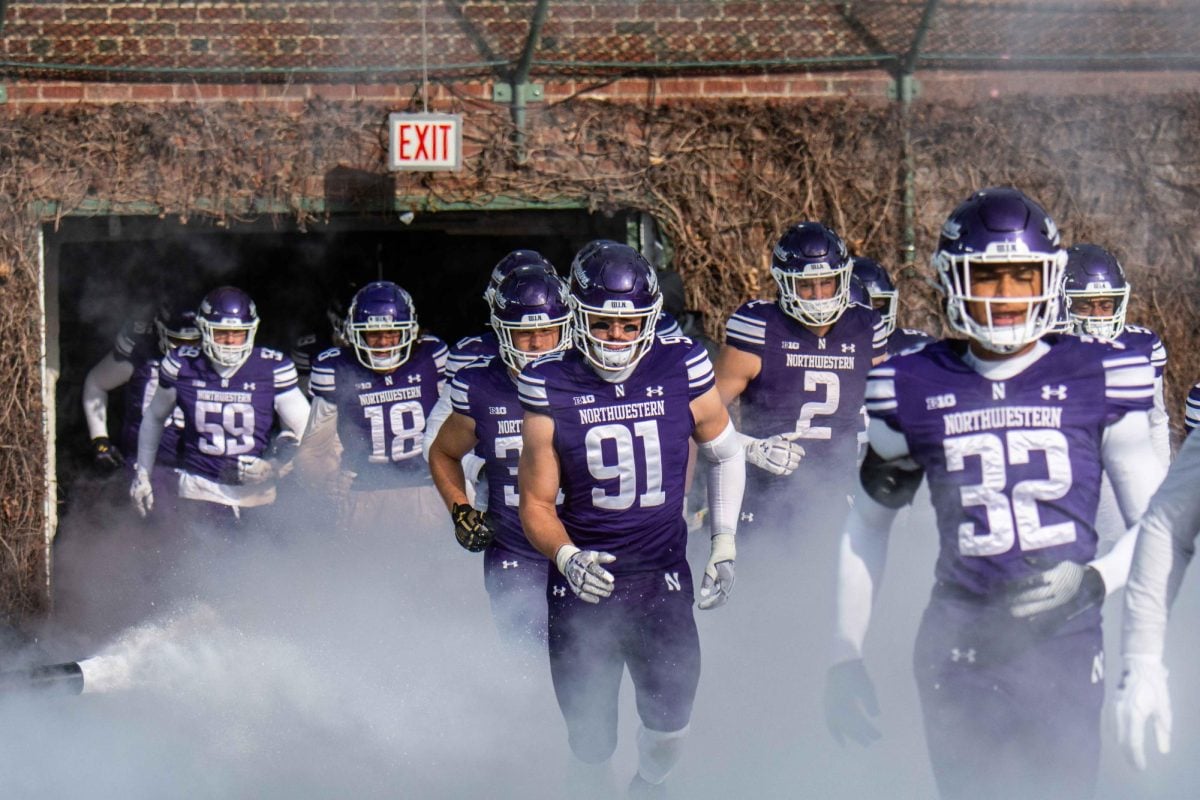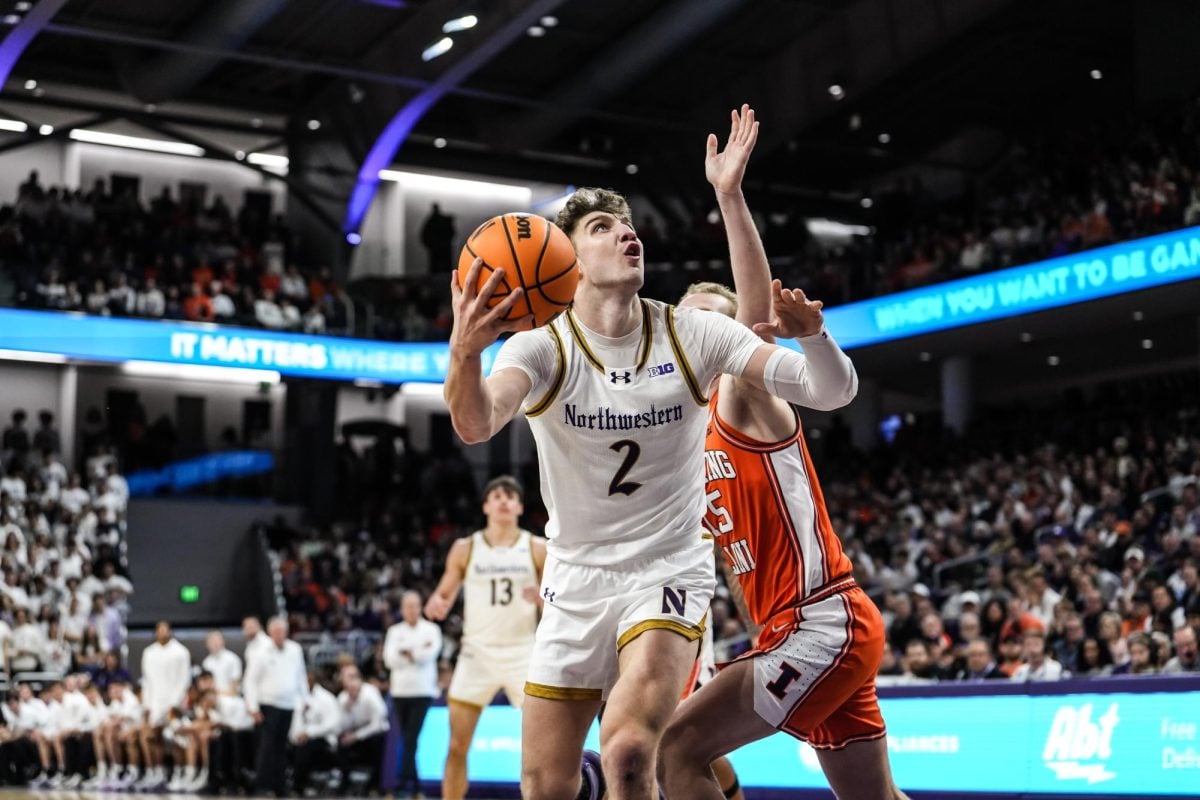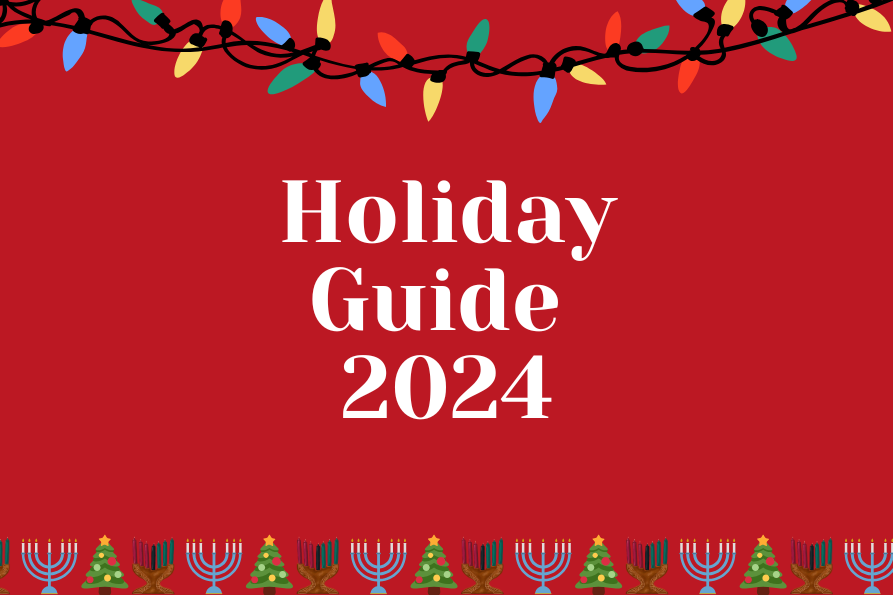The Class of 2016 has Northwestern’s highest proportion of black students in 23 years, the University announced Sunday.
The class is made up of 7.8 percent black students compared to 7.2 percent for the class of 2015 and 6.9 percent for the class of 2014, said Mike Mills, associate provost for university enrollment. The percentages have been increasing fairly steadily over the years, starting at 5.3 percent in 2001, according to NU data.
Mills said this is the highest percentage NU has had since 1989, when 8.4 percent of the incoming freshman class was black.
Though Mills noted the admissions office was not intentionally trying to increase the number of black students in particular, he said the University is excited to share the new statistics.
“Given the sensitivity and discussion on the campus over the last year over race and ethnicity, we thought it was really important to emphasize that part of the class,” he said.
Mills said he attributes the change to the fact that more black students applied and more of them were highly qualified.
NU had 32,068 applications for the class of 2016, about 1,000 more than the previous year. The University also experienced its biggest yield ever last year, 41.6 percent, but because fewer students were admitted this year, the incoming class of 2,037 freshmen is relatively small compared to the 2,107 students in the class of 2015.
There are 159 black students in this class of 2016, compared to 152 and 146 in the classes of 2015 and 2014. Mills said the past four freshmen classes have included some of the highest numbers of black students at NU in more than 25 years.
For Members Only spokesman Tarik Patterson said he was excited about this year’s increase.
“We’ve been working hard through various students groups to increase minority enrollment,” Patterson said. “I cannot put a sense of urgency to see that the percentage of blacks admitted is raised.”
Patterson said FMO believes diversity is key in enriching the average student’s college experience.
“It’s also an exercise in developing the student body,” he said. “We currently have to bring in people from different walks of life, different backgrounds, different experiences.”
He praised the efforts of the NUambassadors program, a student-run organization sponsored by the Office of Undergraduate Admission that works to encourage black students to apply and enroll at NU.
Sydney Smith, a coordinator for the program, wrote in an email to The Daily that the Ambassadors work to bring prospective black students to visit campus on Wildcat Days for free and match them up with current host students. The program also hosts phone-a-thons and letter campaigns to connect with prospective students.
Smith, a Weinberg junior, said she believes the Ambassadors played a key part in increasing the number of black students enrolled at NU.
“Many students have told us that Wildcats Days was the reason they decided to come – it gives them an opportunity to imagine themselves here,” she said in the email. “After the program we always have a large number of (black) students enroll.”
Mills said he thinks students from different races bring a crucial perspective to college campuses and he would like to see more at NU. However, Mills said race is ultimately only one of 50 factors that the admissions office takes into consideration when accepting students.
Dona Cordero, assistant provost for faculty development, is working to coordinate a panel during the first week of December where members of the NU community can discuss possible implications of Fisher v. University of Texas, the pending Supreme Court case on affirmative action.
Mills will participate in the panel and said he hopes to use his role to help correct student misconceptions about the role that race plays in admissions.
“I think one of the biggest ones is that students assume that race trumps every other consideration in the review process,” he said.
Cordero noted that the overall goal of the university was not only to bring students with as many different perspectives but also to foster community.
“We’re not looking at numbers,” she said. “It’s really making sure that we have an environment that everyone here is able to feel safe and is able to feel part of the university.”
